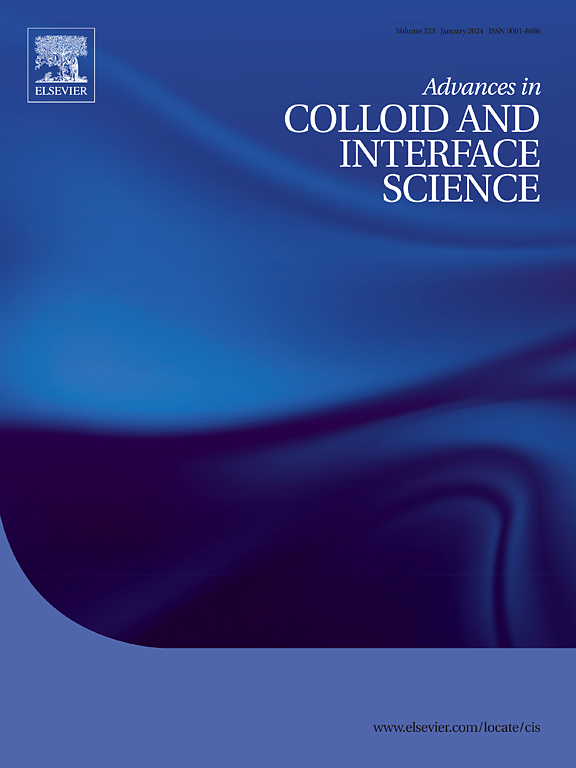MOF composites for revolutionizing blue energy harvesting and next-gen soft electronics
IF 15.9
1区 化学
Q1 CHEMISTRY, PHYSICAL
引用次数: 0
Abstract
Metal-organic frameworks (MOFs) are porous materials with highly ordered and crystalline structures, which have earned tremendous attention in the academic community in recent years owing to their high tunability in porosity and pore structure. By integrating MOFs with soft colloids or polymers to form MOF composites, the rigidity and brittle nature of MOFs can be compensated for, thus achieving synergistic effects for a wide variety of applications. In particular, the past decade has seen the advancement of MOF composites in the budding fields of blue energy harvesting and soft electronics, which have received growing interest in the past 5 years. This review focuses on the applications of MOF composites in these two fields, and starts by examining the nanoarchitectures of MOFs, followed by the fabrication of MOF composites. Furthermore, topical advances of MOF composites in blue energy harvesting and soft electronics are reviewed and summarized, and their challenges and future opportunities are discussed as the final touch. This article provides comprehensive review and valuable insights into the development of MOF composites, which may open up new avenues for blue energy harvesting and soft electronics to solve the imminent energy crisis and to advance the wearable technology in healthcare.
求助全文
约1分钟内获得全文
求助全文
来源期刊
CiteScore
28.50
自引率
2.60%
发文量
175
审稿时长
31 days
期刊介绍:
"Advances in Colloid and Interface Science" is an international journal that focuses on experimental and theoretical developments in interfacial and colloidal phenomena. The journal covers a wide range of disciplines including biology, chemistry, physics, and technology.
The journal accepts review articles on any topic within the scope of colloid and interface science. These articles should provide an in-depth analysis of the subject matter, offering a critical review of the current state of the field. The author's informed opinion on the topic should also be included. The manuscript should compare and contrast ideas found in the reviewed literature and address the limitations of these ideas.
Typically, the articles published in this journal are written by recognized experts in the field.

 求助内容:
求助内容: 应助结果提醒方式:
应助结果提醒方式:


